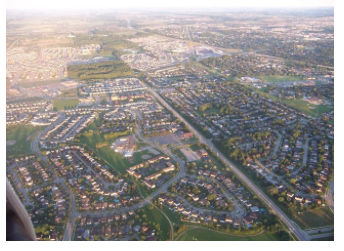
Stepping away from our usual conversation of fitness in terms of physical workouts and dietary routines, we need to remember that health also depends on the environment you live in. Which is why we want to draw attention to the serious problems of air quality and how it can affect you and your family.
Burning off-cuts of treated and painted glulam timber products is launching hazardous compounds into the air of numerous New Zealand cities. Research study by GNS Sciences has discovered that ilevels of substances like arsenic and lead have risen to 3 times the standard for human health throughout winter season in some urban locations. Research study leader Perry Davy stated that, in light of the recently launched findings from the Otago Research study, the findings were incredibly important. They revealed that the direct exposure of lead in youth might minimize an individual’s IQ and social standing later on in life. Davy stated that the propensity for toxic substance concentrations to leap through chillier times suggested that the burning of building, construction and remodelling offcuts from franna and drake low loader site workers was the cause.
Henderson in Auckland and Wainuiomata in Lower Hutt, Christchurch have the greatest concentrations of lead and arsenic, while Nelson, Richmond and Hastings also had high concentrations. The Ministry of Health links low blood lead levels to problems of a child’s brain advancement and efficiency at school, while high levels can trigger signs in any age such as sleeping issues, diarrhoea, queasiness and anorexia nervosa. Intense direct exposure to arsenic might trigger stomach discomforts, queasiness, throwing up and diarrhoea, and severe fatigue, while long-lasting direct exposure might trigger issues varying from skin pigment modifications, damage to the heart, liver, and kidneys, to various types of cancer.
While thetoxins had the potential to damage the basic population, Davy stated the result could be far worse for the families that were burning them. “We have no concept exactly of what the concentration might be inside the house or in the area of somebody burning these things.” This might present a specific danger to kids, whose smaller size and various metabolic processes made them more vulnerable to the neurotoxins. When the ash consisting of recurring contaminants was positioned on gardens, Davy stated that this means an included risk to those who may breath it in or consume veggies grown in it.
Lead was rid of from fuel over twenty years back, but Davy stated that lots of Kiwis may not understand that lead and other damaging compounds are still present in building and construction lumber. Davy advised to prevent burning any engineered timber or lumber offcuts, as it was difficult to tell if it had actually been treated or not. The research study had run for 15 years, Davy stated, and the concentrations of substances had been consistent throughout this time period. “These research studies reveal that air in New Zealand city centres is not as tidy as we want to believe.”
Davy stated councils was accountable for handling air quality and most had actually prohibited the burning of lumber treated with arsenic substances. “There is plainly more work to do in this area,” Dr Davy stated.
